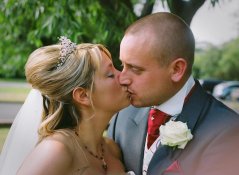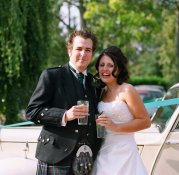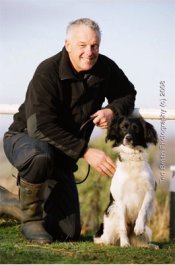Practically every film in existence can be used for practically any type of photography. Your style and the lighting conditions have to answer this question for you.
As for what I do at weddings: I use mostly NPH (now known as 400H), 800Z (formerly known as NPZ), and some NPS (now known as 160S) for subdued color, and Reala for natural color as backup in case the light happens to be good. I use Reala instead of 160C, as I find 160C to be too contrasty most of the time. If I want more contrast, I will push Reala.
I really love Kodak Portra, but I find that the Fuji really is better for shooting in various colors of light. At a wedding, you are dealing with every type of light source there is: green fluorescents, white fluorescents, halogen, curtains, painted walls, wooden walls, dingy cottage cheese ceilings, gels, flash, daylight, twilight, etc. When I use flash in studio or doing my own "staged" work in "clean" lighting, I use Kodak. I love its characteristics, especially for pix of people. For foul lighting, and situations where I have less control, I use Fuji. For landscapes, and general use, I love Fuji Reala.
This is all medium format, for portraits. M645, usually, though I do have an RZ now that I could incorporate, but have not yet (due to overkill on negative size and lack of redundancy in my kit). I also shoot small format digital for different kinds of shots. I do not shoot my own weddings, but assist and second shoot for others. I highly prefer this!










